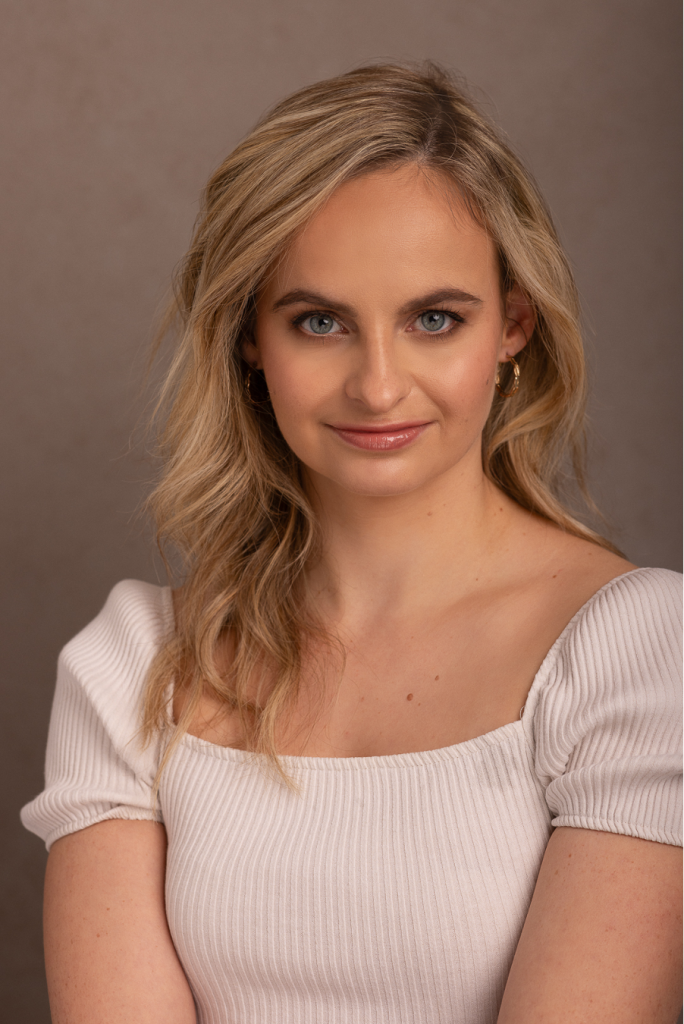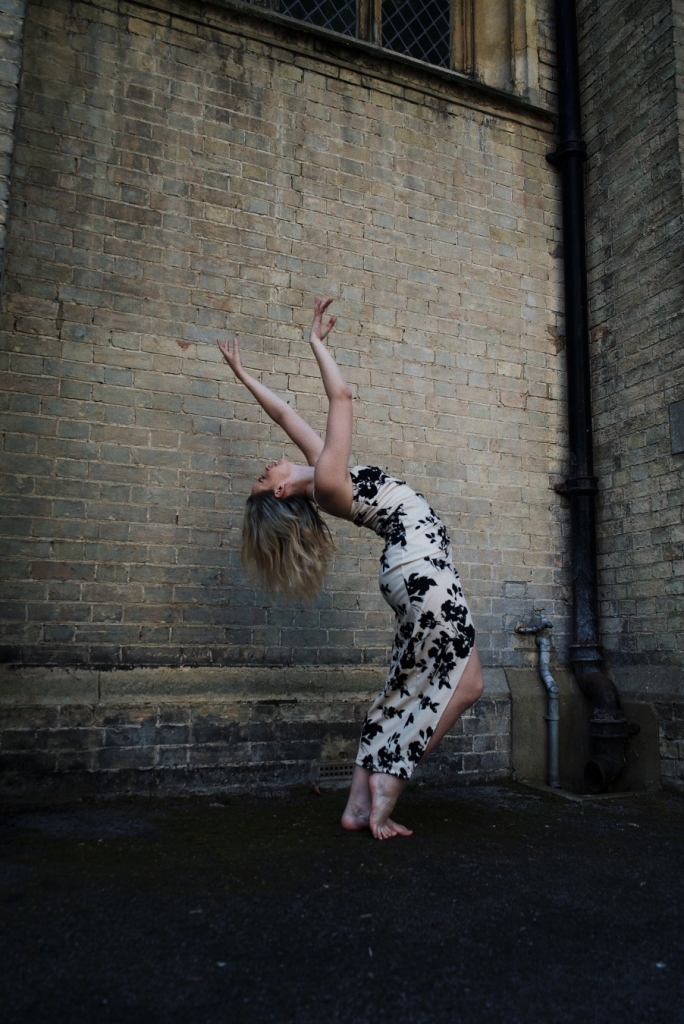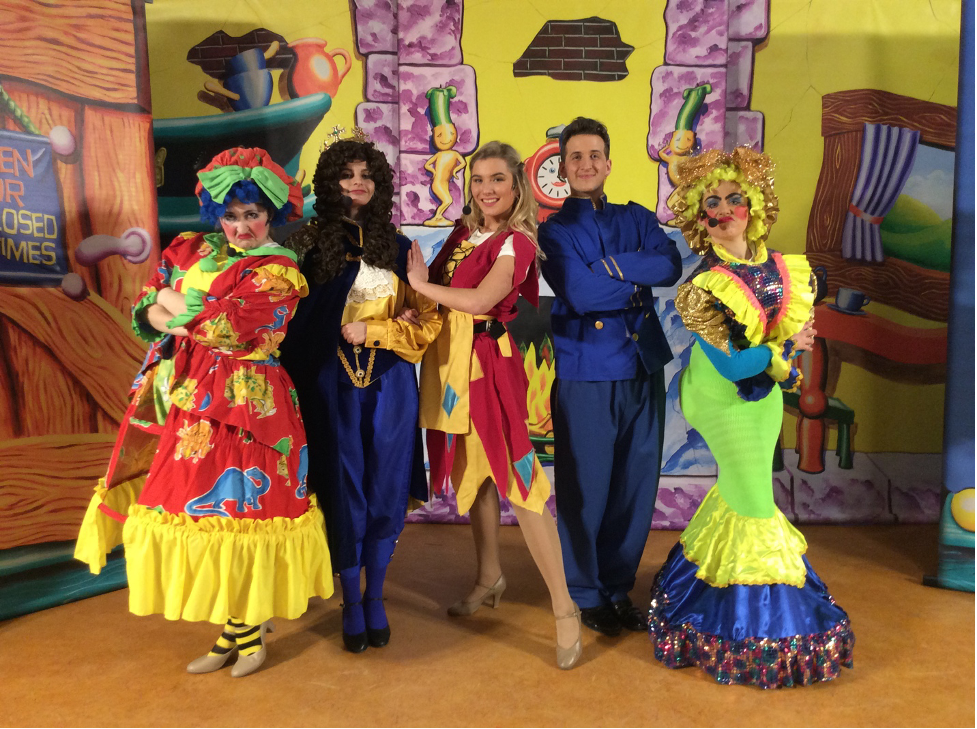In the limelight and behind the scenes, Anita Mannings is a symphony of movement and expression, harmonizing the rigorous demands of performance with the delicate artistry of choreography. In the dynamic world of film and entertainment, a multifaceted skill set is not just an asset but a necessity. Today, as the industry evolves at a breakneck pace, versatility across dancing, singing, acting, choreography, and education remains crucial. These disciplines are intertwined, each feeding into and enhancing the other, making professionals like Anita not just participants but shapers of the performing arts landscape.
Anita Mannings’s journey through the performing arts is as diverse as it is impressive. Trained internationally, her career spans continents and disciplines. As a dancer, her steps are both a narrative and an emotion; as a singer, her voice is the melody to the stories she tells; as an actor, she embodies characters with compelling authenticity; as a choreographer, she weaves these skills into captivating performances; and as an educator, she molds the next generation with the wisdom of her experience. Her achievements are a testament to her skill and dedication, from her early days captivating audiences to receiving accolades for her versatility and teamwork in theater productions.
Her nominations for “Best Principal Boy” and “Best Troupe” in Cinderella with Chaplins Pantos are not just accolades but affirmations of her commitment to excellence and collaboration. These nominations reflect her ability to lead, inspire, and innovate, marking her as a prominent figure in the theater. Meanwhile, her status as a featured choreographer, highlighted by her projects and a notable YouTube feature, underscores her influence and creativity. Anita’s work is a dialogue with her audience, each movement and note a word in a larger story of human emotion and experience.
In our interview with Anita, we delved deeper into the realms of theatrical excellence and choreographic leadership that define her career. Her story is one of resilience, adaptability, and continuous innovation. As she continues to shape the future of theater and dance, Anita Mannings stands not just as a distinguished leader but as an inspirational force, pushing the boundaries of what is possible in the ever-evolving tapestry of the performing arts.
Hello Anita! It’s an honor to have you with us today. How do you balance the dual aspects of your career as both a performer and a choreographer, and how do these roles influence and enhance each other?
Honestly, I go through phases: sometimes, I am more focused on my choreography career and sometimes on performing. This depends on how I’m feeling and what projects or opportunities are currently in my life because I have a lot more control over one path than the other. Being a choreographer involves creating your own work, taking initiative, and creating your own opportunities, whereas being a performer involves ultimately waiting for someone to give you a job. As a performer, you can train in dance, singing, acting classes every day, have great professional photos, a website, and a good agent, but at the end of the day, the decision to offer you work lies completely in someone else’s hands. It’s often not even based on talent but whether you fit what they are looking for. So, if I am going through a quiet patch in my performing career, I will use the time to start creating again. Then eventually, when a performance opportunity comes along, I will shift my focus to that. It’s all about give and take and working with what you can control; this is how you stay empowered and inspired.
Choreography gives me an outlet to express myself as an artist and to have some control over my career. This has really helped me mentally as a performer because when I am struggling to book jobs, the reminder that I can create and express myself in other ways refills me with confidence and motivation. Furthermore, when I am performing, I have a good understanding of formations and am always fascinated to see the creative process of the choreographer, so I can maybe take some of their techniques on board when I get back to creating. As a choreographer, I use my performance skills to play with steps; I may experiment with adding different feelings or performance qualities to steps, such as sadness, eye contact, or dancing small or big, to see how it changes the choreography. For me, in both performance and choreography, storytelling is the most important element.

Can you share your experience and preparation process for the roles that led to your nominations for “Best Principal Boy” and “Best Troupe” in Cinderella with Chaplins Pantos?
I think the most important element that led to these nominations was fun! At first, I felt a little daunted to play the role of the Prince in Cinderella, as I’d never played a male character before. To prepare for the role of the Prince in Cinderella, I did some research on the characters played by the famous British comedy group Monty Python, as recommended by my director, and based the Prince off Sir Robin from the movie “The Holy Grail.” I made the prince very funny and arrogant, so arrogant that he loved himself more than Cinderella and wasn’t that interested in her.
This made the role really fun to play, and I always loved making the audience laugh at the ridiculousness of the Prince and how conceited he was. I became really comfortable with the role and started to experiment with how far I could push the comedy aspect while remaining true to the character. Furthermore, our cast got along incredibly well, and we were always laughing and joking on and off stage. This allowed us to be really comfortable with each other and experiment, making this show different every time. I think our off-stage chemistry was felt on stage by the audience! Art is play, and as we didn’t take ourselves too seriously, we really had a lot of fun playing our characters and letting the acting just happen instead of having strict rules for each scene. I think this made the audience have fun too!
As a performer nominated for excellence in teamwork, what is your approach to collaborating with cast and crew to create a cohesive and successful production?
As mentioned before, it’s important not to take yourself too seriously or to have rigid rules about how things “should” be. Art doesn’t have rules, so when you start trying to limit people’s creativity or impose that things should be done a certain way, that’s when tension can arise. Flexibility and adaptability are crucial, as people will feel differently every day, and when we were touring with Chaplins, we were in a different venue every single day, adapting to new environments daily. Moreover, as a choreographer, I work with my team, not against them. I work to their strengths because I want them to feel good on stage and for my work to look good; it’s about working smarter, not harder.
I also think leaving any drama or arguments at the door is very important. Just like any job, when you walk through the rehearsal door or onto the stage, any arguments or disagreements must be left behind, and you must remain professional, whatever you may feel inside! I always go by my two Ps: Polite and Professional. I am a big believer in manners, and even if I am annoyed with someone, I will still thank them at the end of a show. You have to maintain your integrity. If there is a confrontation, I will never swear and will be as assertive as possible, trying to be accountable for anything I may have done. Often, you are living with your cast as well as working with them for months on end, and drama is inevitable, so should drama arise, having assertive skills and being accountable is a must.
When you’re featured as a choreographer, how do you conceptualize and create dance pieces that not only engage but also leave a lasting impact on your audience?
As cheesy as this may sound, I always start from my heart. If I feel strongly about something, I believe there’s a chance someone else will feel the same, and if I can put that feeling into choreography, then I hope the piece will move the people watching it. As humans, we often believe we are the only ones feeling a certain way, but we are wrong, and when I showcase my choreography, I am reminded of that.
My first official piece was about a close friend of mine who passed away from cancer at 17. I had no expectations; I just choreographed what I felt and then put it on stage. To my surprise, I received a very strong response. People were crying in the audience, and I received so many messages of support, inspiration, and thanks. It was incredibly moving and so unexpected; all I had done was put something I felt into a dance. From that moment forward, I knew I always had to choreograph from my heart because that’s when it seemed to have the greatest impact without even trying.
I think humans connect when they feel a fellow human’s feelings, and we all know when something feels fake and when it is genuine. I always try to be as honest and as vulnerable as possible. I believe that by being brave and vulnerable, it may allow others to feel less alone and might give them permission to do the same. I can’t bear the thought of someone going through something alone. Although I don’t aim to help people through my choreography, I have been told I do. To conclude, I just want to be honest; there is so much “fakeness” in the world right now, I think people are appreciating authenticity more and more as it is becoming rare.

Where do you draw inspiration from for your choreography, and how do you stay innovative and fresh in your approach?
I often draw inspiration from things that have happened to me or subjects I feel strongly about, and sometimes from how a certain piece of music makes me feel. I have choreographed pieces about grief, the Paris Attacks, mental health, and even rejection and resilience in my own industry. Of course, if I am choreographing for a company or a client, then I will be fitting a brief, but when I have my own artistic freedom, I will always draw from my own experiences.
I think when you choreograph inspired by life, your ideas will always be fresh because life is constantly changing and throwing us curve balls and challenges. There is always a new chapter to write or a new dance to create! To stay innovative in my approach, I go to watch shows, and I keep training and attending dance classes and workshops, learning from fellow creatives to keep finding new inspiration, techniques, and improving my own skills as a dancer. I will always remain a student!
As a leader in both theatrical performance and choreography, what principles guide you in mentoring and inspiring others in your team or cast?
I am a big believer in creating a positive, safe, and encouraging environment. I found myself in a lot of negative environments while training; there was a lot of harsh comments and criticism, which often wasn’t constructive, and comparison and competition among peers were encouraged. I became a very tense and stressed-out performer because I felt like I wasn’t allowed to make mistakes and explore my own artistry. There was also a lot of favoritism, and I would often be put at the back of dance pieces, making my confidence lower even more. I never want anyone that I teach, mentor, or choreograph to feel that way. I always encourage my peers and focus on their strengths, aiming to empower them instead of putting them down. I will always be honest too, but in a constructive way because it’s not fair to a student if you are telling them they are amazing when there are still things to work on and they want to improve. Correct criticism is for them, not you, because you want them to be better.
Can you discuss a particularly challenging moment in your career, either on stage or behind the scenes, and how you overcame it?
My time working as a choreographer and principal dancer for Siblu Villages was particularly challenging; it was during the pandemic, and we had to adapt the shows every single day due to cast injury, illness, or even redundancy. I had choreographed and created three 1.5-hour shows, and every week, there were new cast members joining the team who needed to be added in and old cast members who were injured, falling ill, being made redundant, or unable to perform due to stress. It was a very challenging time because, as the choreographer, I had to adapt and change the spacing of entire shows often on the day of and teach the new formations in a clear and calm way to my team who were not professional dancers, all while performing as the lead dancer and keeping my performance level to a high standard. I overcame this by honestly just “getting on with the job”; I had no choice as there was no time to get stressed or upset. I think when you are in these situations, you just have to focus on remaining professional and on the audience and what they want: to be entertained. Yes, there were steps that were forgotten and the choreography wasn’t as clean as I would have liked it to be, but the audience was happy, and that was what was important. Sometimes you just have to focus on the overall goal and not the details when time is limited.
Lastly, I tried to remain grateful for my work at Siblu; I was very lucky to be working as a dancer and choreographer during the pandemic and also living in an absolutely beautiful area in southern France. Gratitude helped me keep some perspective and also enjoy the moments I had with my cast. I made some beautiful memories there.
Lastly, with your established reputation in performance and choreography, what future projects or aspirations are you aiming toward, and how do you plan to continue evolving in your craft?
I have worked extensively in the UK and Europe, and my next goal is the USA. My dream is to work as a performer and choreographer in New York City. I trained there as a dance student and was deeply inspired by the dance community and the city itself. I am hoping that I will get the opportunity to bring my work there.
I believe that to evolve your craft, you must always remain a student and be open to learning new styles, techniques, and ideologies. I regularly attend dance classes with established choreographers and creatives to remain inspired, and I also read books. Knowledge is power, and I really believe that as artists, we should be expanding our minds and challenging our ideas constantly. A few books that have deeply inspired me are “Big Magic” by Elizabeth Gilbert, “The War of Art” by Steven Pressfield, and “The Practice” by Seth Godin. I am currently reading “The Power of Now” by Eckhart Tolle, which is more focused on the mind, but everything is connected. If my mind is healthy, then I will be able to create more and continue to share my art with the world.
As we conclude our exploration of Anita Mannings’ dynamic career, we’re left inspired by her relentless passion, resilience, and versatility in the performing arts. From her captivating performances to her profound choreographic narratives, Anita has consistently pushed the boundaries of creativity, proving to be a formidable force in the industry. Her journey serves as a beacon of inspiration for artists and enthusiasts alike, a reminder of the transformative power of dedication and artistic innovation.
We invite you, our readers, to delve deeper into Anita’s world. Follow her journey, witness her performances, and let yourself be moved by the artistry that has made her a standout figure in the performing arts. Join us in celebrating Anita Mannings, a true maestro of the stage and beyond, whose story is not just about success but about the art of turning challenges into triumphs.




